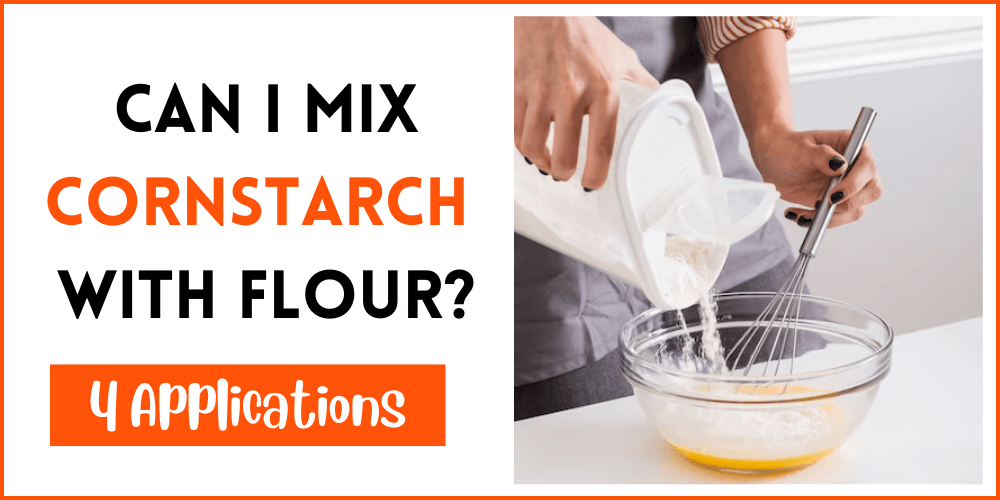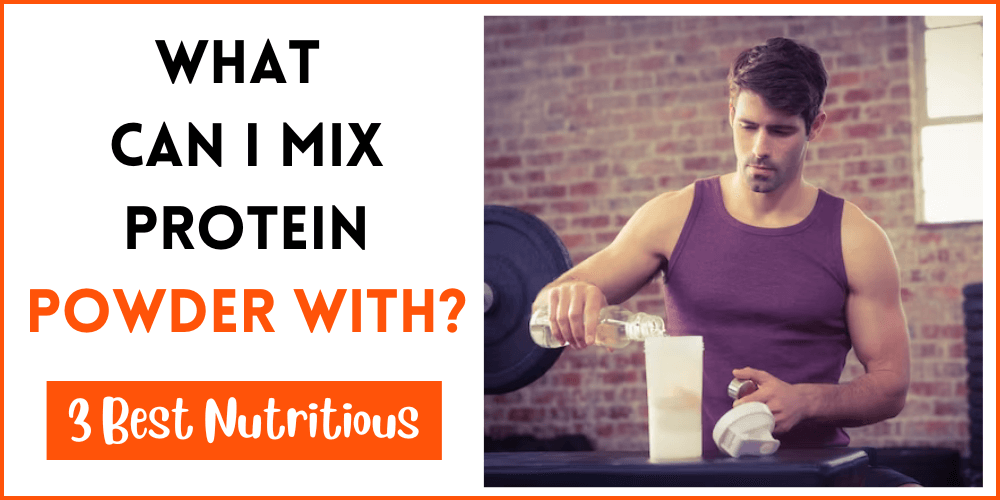

Understanding which ingredients work well together is crucial for cooking and baking to be perfect. One common question is, “Can I mix cornstarch with flour?” In this article, we’ll delve into the topic. We’ll explore ratios, applications, and substitutions when combining these pantry staples. Whether you’re a seasoned chef or an aspiring home cook, this guide will assist you in making informed decisions in the kitchen.
Can I Mix Cornstarch With Flour?
Before we dive into the details, let’s understand why one might consider this combination. So, Can I mix cornstarch with flour? The answer is YES! Cornstarch and flour have distinct properties in cooking and baking. Flour provides structure and contributes to texture, while cornstarch acts as a thickening agent. Combining the two can potentially achieve a balance of both texture and thickness in your dishes.
Common Ratios And Measurements
When mixing cornstarch with flour, the ratio depends on the desired outcome and the recipe. In general, a common ratio is one part cornstarch to two parts flour. But, for specific applications like coating for deep-frying or creating a crispy batter, you may adjust the ratio.
Culinary Applications
- The combination can be used in various recipes.
- These include sauces, gravies, pie fillings, and even certain baked goods.
- The addition of cornstarch helps thicken liquids.
- It creates a smoother texture, resulting in luscious and perfectly balanced dishes.
Tips For Successful Mixing
To achieve the best results when combining cornstarch with flour, consider the following tips:
- Sift both ingredients together to ensure even distribution.
- Gradually add the mixture to your recipe, stirring constantly to prevent lumps.
- Be mindful of the cooking time and temperature to ensure the thickening properties are fully activated.
Substituting Cornstarch With Flour (And Vice Versa)
In some instances, you may find yourself running out of cornstarch or flour and need to make a substitution. While it’s generally possible to substitute cornstarch with flour, keep in mind that the results may vary. Flour has less thickening power than cornstarch, so you may need to use a larger quantity. When substituting flour with cornstarch, use a smaller amount to achieve the desired consistency.
Common Mistakes To Avoid
When mixing cornstarch with flour, it’s essential to be aware of common mistakes to avoid:
- Adding the mixture directly to hot liquids without prior dissolving.
- Using too much cornstarch, results in a slimy or gummy texture.
- Overcooking the mixture can cause the thickening properties to break down.
Related Guides:
Is It Okay To Mix Flour And Cornstarch?
It is safe to mix flour and cornstarch. But, it’s important to use the mixture under the recipe’s requirements. Remember, moderation and balance are key to achieving the desired outcome.
What Does Adding Cornstarch Do To Flour?
Adding cornstarch to flour enhances its thickening properties. This combination is ideal for gravies, sauces, and other recipes that must have a silky and smooth texture. The cornstarch helps bind the ingredients and creates a more stable mixture.
How Much Cornstarch To Put In Flour?
The amount of cornstarch to mix with flour depends on the desired consistency and the recipe you’re preparing. As a general guideline, start with a ratio of one part cornstarch to two parts flour. Adjust as needed based on your specific recipe requirements.
Can You Mix All-Purpose Flour With Cornstarch?
You can mix all-purpose flour with cornstarch. The combination of these two ingredients can help achieve a balance of structure and thickening in certain recipes. Experiment with different ratios to find the perfect blend that suits your dish.
Which Flour Gives Crispy Batter?
When it comes to creating a crispy batter, using flour with a higher protein content is generally recommended. Flours like all-purpose flour or bread flour work well. They provide the desired texture and help create a golden and crunchy exterior.
Final Thoughts:
Mixing cornstarch with flour opens up a world of culinary possibilities. It allows you to achieve the perfect balance of texture and thickness in your dishes. Can I Mix Cornstarch With Flour? Understanding the ratios, applications, and substitutions allows you to experiment in the kitchen. It helps elevate your cooking and baking endeavors. To get really good at this technique, it’s important to keep practicing and trying new things. So go ahead, mix away, and enjoy the delightful results in your culinary creations!
Sources:
- By r/AskCulinary, Can cornstarch and flour be mixed? Posted 5 years ago.
- By Ann Carrigan, How much cornstarch should I apply in a cup of all purpose flour? Posted 2 years ago.



